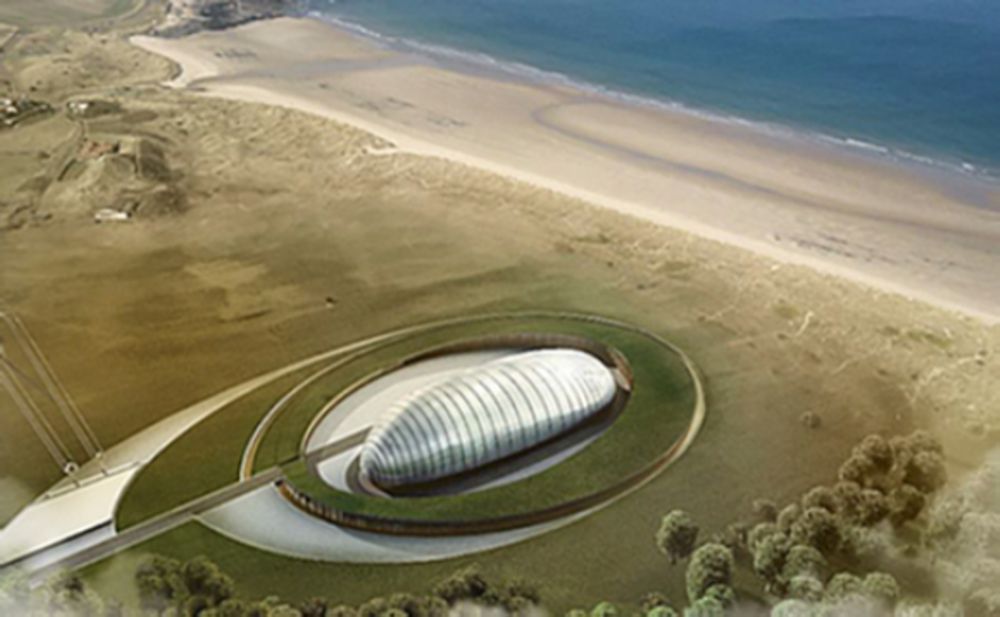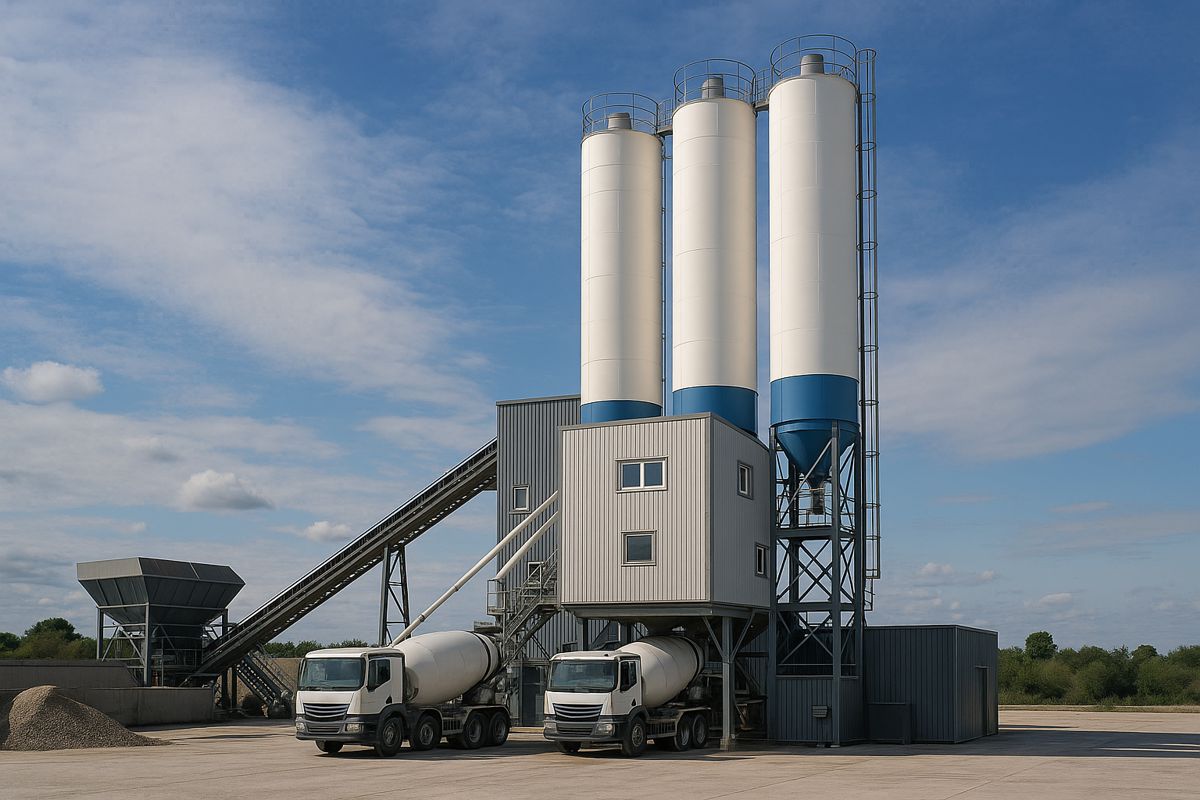Rolls Royce and UK Government champion compact nuclear power stations
UK Research and Innovation (UKRI) has provided match funding to the consortium of companies designing a new type of compact nuclear power station in the UK.
The initial joint investment of £18million from UKRI will be matched by nuclear, civil engineering construction and manufacturing industry firms, who have been working on the preliminary design for four years.
The power station is a compact design, the components for which are manufactured in sections in regional UK factories, before being transported to existing nuclear sites for rapid assembly inside a weatherproof canopy. This cuts costs by avoiding weather disruptions and secures gradual efficiency savings by using streamlined and standardised manufacturing processes for its components.
By 2050 a full UK programme of up to 16 of these power stations could create up to 40,000 jobs, add £52BN of value to the UK economy as well as £250BN worth of exports.
Paul Stein, Chief Technology Officer for Rolls-Royce, which leads the consortium, said: “Tackling climate change requires collaboration across industries and governments to find effective, affordable and sustainable ways of achieving net zero by 2050.
“The consortium’s work with the Government shows that action is being taken to decarbonise our economy and meet our society’s vital and growing power needs. This is a very positive step forward to this next phase of the programme.”
The partners in the consortium are Assystem, BAM Nuttall, Laing O’Rourke, National Nuclear Laboratory (NNL), Rolls-Royce, Atkins, Wood, The Welding Institute (TWI) and Nuclear AMRC.
The target cost for each station is £1.8 billion by the time five have been built, with further savings possible. Each power station will be able to operate for 60 years and provide 440MW of electricity, which is enough to power a city the size of Leeds.

The shared initial investment will be used to progress the significant opportunities presented by the programme; prepare it for the UK’s regulatory Generic Design Assessment process; and make final decisions on which innovations to pursue and realise. It will also generate the valuable confidence that the supply chain needs to begin to prepare for a programme that could create around £52 billion of value for the UK economy.
When licensed and supported by the required enabling legislation and siting processes, the power station could provide reliable low carbon energy from the early 2030s.




















